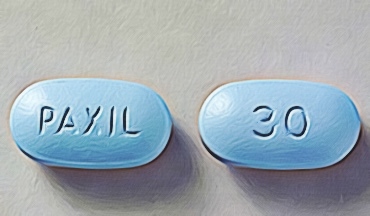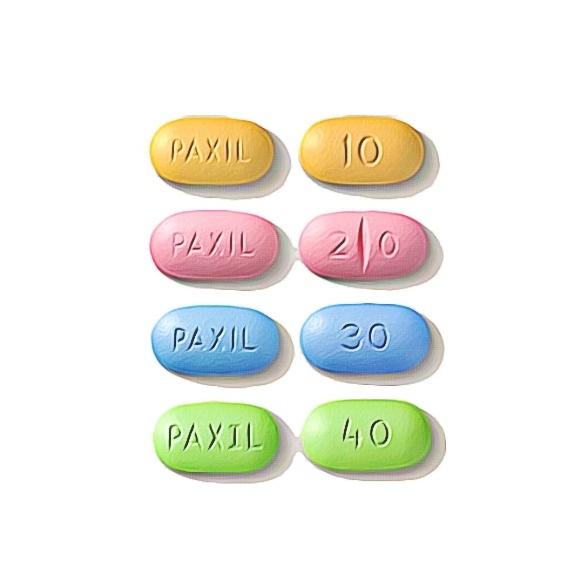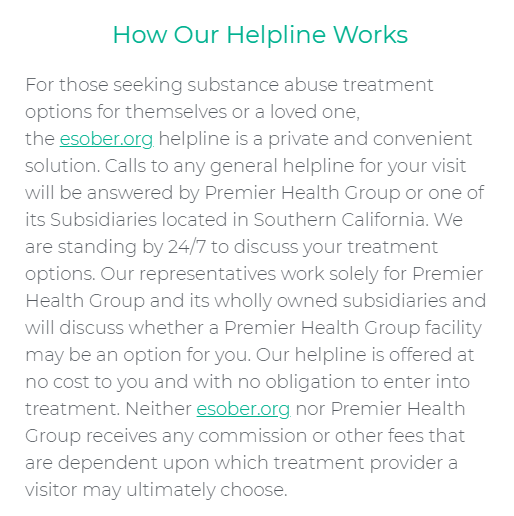Antidepressants come in many forms, but one of the most commonly used is paroxetine, but it’s most commonly known as Paxil, the brand name. Paxil is part of a pharmaceutical drug class, which is regarded as SSRIs (selective serotonin reuptake inhibitors). These drugs have been made to influence the serotonin activity in the brain, influencing it to make the user feel better.
People suffering from depression are usually suffering from serotonin production malfunctions, hindering them from achieving a good mental state. SSRIs like Paxil are the most commonly used form of antidepressants, as they offer a high level of success rates as opposed to other brands.
Paxil Withdrawal
Paroxetine also comes in a variety of trade names, including Pexeva, Aropax, Brisdelle, and Paxil, which were first introduced in the USA market in 1992. Due to its quick and effective results, people tasked with treating and managing depression and anxiety have deemed Paxil as their main prescription, which is what contributed to its fame.
Paxil, on the other hand, was also established in 1992 by SmithKline Beecham, a pharmaceutical company. Although generic versions are readily available on the market, Paxil remains to be the most preferred, but its fame is what led to its abuse.

Due to its accessibility, more and more people have been drawn to abusing it, leading to a tirade of side effects, including dry mouth, restlessness, headache, and other more dangerous conditions, such as rapid heart rates and seizures—a far cry from its former glory as an antidepressant.
From everything discussed so far, keep in mind that paroxetine is designed to help the brain reabsorb serotonin, allowing the user to enjoy a better state of mind. Paxil essentially increases the serotonin’s mood improving capabilities, ultimately reducing the onset of depressive episodes.
People taking the drug can quickly fall into abuse, however, especially since frequent use reduces its effectiveness. This means that the body has now become used to the medication, and getting off an SSRI can be challenging. It comes with various withdrawal symptoms, such as the following:
- Irritability
- Insomnia
- Headache and dizziness
- Vertigo
- Confusion
- Nausea
- Flu symptoms
- Anxiety
- Suicidal thoughts and ideation
- Excessive imagining and dreaming
Note: Bear in mind that the nature of Paxil can be overwhelmingly powerful, as simply missing a dose or abruptly stopping the medication can lead to suicidal thoughts.
The severity of the withdrawal symptoms varies from case to case, as with the duration of these symptoms. In other words, one cannot tell how long the symptoms will last, and how strong they can be once a user stops taking the medication. To make sure that you remember which factors affect Paxil withdrawal symptoms, take note of the following items:
- Physiology of the individual
- Size and frequency of medication dose
- How long the person has been taking the medication
Paxil Side Effects
As with most drugs, Paxil comes with side effects that need to be watched carefully. Make sure to be wary of the most common side effects, which include the following:
- Sudden bouts of weakness
- Too much drowsiness
- Nausea and dizziness
- Insomnia
- Dry mouth
- Extreme nervousness or anxiety
- Constipation
- Diarrhea
- Excessive sweating
- Sexual dysfunctions, including a decrease in libido, orgasmic inability, ejaculatory delay, and even erectile dysfunction
- Mania and hypomania
- Lasting depression
Bear in mind that people may begin to experience a reduction in these side effects, provided that they have been taking medications for a while. Should these side effects persist, however, it’s best to consult with a medical professional as soon as possible.
What is Paxil?
Paxil or paroxetine is an antidepressant medication that is often used to treat anxiety disorders such as generalized anxiety disorder (GAD) and depressive symptoms such as those in major depressive disorder (MDD). It is a type of selective serotonin reuptake inhibitor (SSRI) and belongs in the same class as Zoloft and Prozac.
In 2001, Paxil was approved to treat symptoms of GAD, and it’s been used to treat symptoms of social anxiety disorder since 1999. Paxil also has been approved to treat post-traumatic stress disorder (PTSD), panic disorder, obsessive-compulsive disorder (OCD), and severe forms of premenstrual dysphoric disorder (PMDD).
Although Paxil has been shown to improve mood, energy levels, and sleep, its precise mechanism of action is still a subject of further research. As an SSRI, however, they are known to work by inhibiting the reuptake of the neurotransmitter serotonin in your neurons (nerve cells).
Serotonin is a neurotransmitter or a chemical messenger that your nerve cells use to communicate with one another. It’s also known as the mood-regulating neurotransmitter. By blocking the reuptake or reabsorption of this neurotransmitter, SSRIs keep your serotonin around and helps regulate your mood.
Dosage
Paxil (paroxetine) is usually manufactured in scored tablets containing 10, 20, 30, or 40 mg of the substance. Additionally, there are also liquid oral solutions available in the market. Doctors typically prescribe the drug in low doses and gradually increase the dose if symptoms don’t improve.

By starting with small doses, your body can adjust more readily and can minimize the adverse side effects that you might experience. Paxil is typically administered once per day and is generally safe to take with or without food.
What else should I know about Paxil?
The FDA states that Paxil may have the side effect of increasing the risk of suicidal thoughts and behaviors in children, adolescents, and young adults, as several studies have shown. However, studies do not show that these symptoms occur in persons older than 24 years of age.
Physicians have to consider individual benefits before prescribing the drug to patients under 24 years old. If you experience an unexpected change in your thoughts, feelings, and mood due to drug intake, you must consult your doctor immediately. They may have to adjust your dosage or medication.
Paxil is also not advised to be taken during pregnancy, as the drug has been shown to increase the risk of congenital disabilities in the hearts of infants exposed during the first trimester. Care should also be taken when taking the drug while breastfeeding because it can pass into the breast milk.
Seeking Help And Treatment—It’s Never Too Late
Paxil exists for a variety of reasons, and remains to be some of the most commonly used antidepressants—they work. Doctors continue to use them to address anxiety and depression, but with certain limitations in mind. The FDA does not recommend use for patients under 18, for instance, as well as other mental illnesses they need more intricate treatment plans.
Paxil is also highly addictive, and thousands of people currently suffer from its effects. Withdrawal can also be life-threatening to go through, which is why it’s always important to seek the help of a professional. It isn’t appropriate for everyone, as even those with proper guidance end up suffering from side effects.
Source:
https://www.ncbi.nlm.nih.gov/pmc/articles/PMC1122195/




